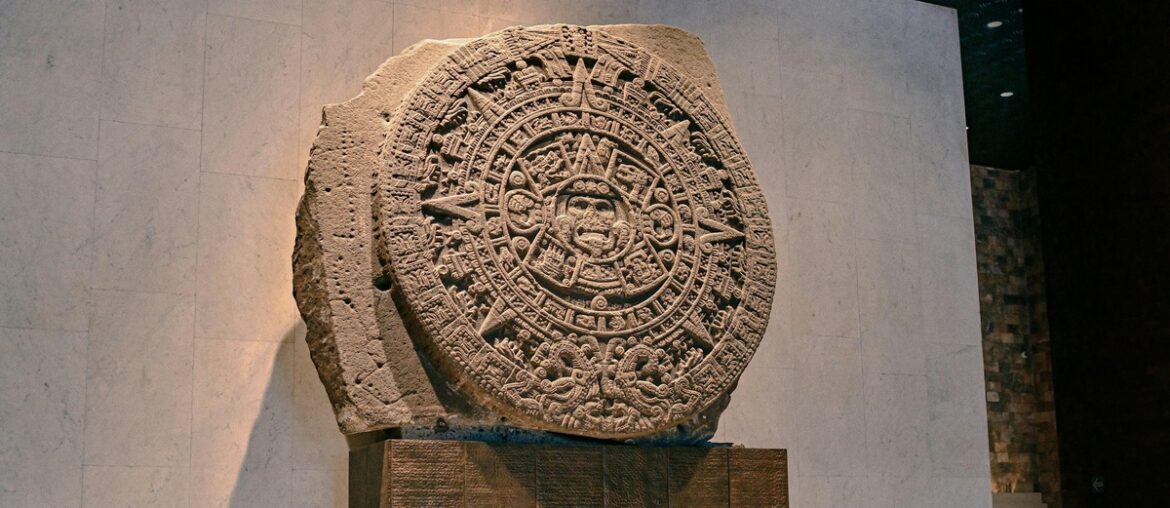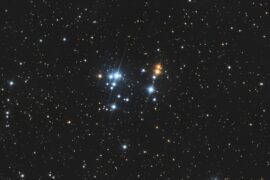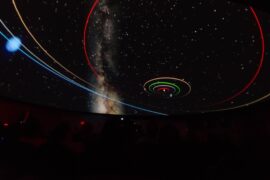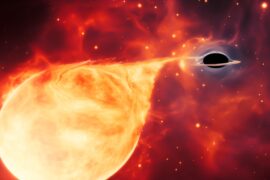The sky over the Valley of Mexico shaped timekeeping, ritual and myth for the Aztec world; priests charted stars to mark seasons, festivals and omens. Tracing those patterns helps us understand how cosmology and daily life intertwined in central Mexico.
There are 10 Aztec Constellations, ranging from Citlalcolotl to Xolotl. For each entry you’ll find below Meaning / translation (max 15 words), Primary source(s) (max 15 words), Modern identification (max 15 words) — you’ll find them below.
How did the Aztecs record and name their constellations?
Aztec constellations appear in colonial-era codices and Spanish accounts compiled from native informants; names often reflect animals, gods or calendrical roles and were used by priests to schedule rituals and agricultural activities.
How certain are the modern identifications of these constellations?
Modern matches rely on interpretations of pictorial codices, ethnography and the calendar rhythm; some identifications (like Xolotl) are widely proposed while others remain tentative and debated among scholars.
Aztec Constellations
| Name (Nahuatl) | Meaning / translation (max 15 words) | Primary source(s) (max 15 words) | Modern identification (max 15 words) |
|---|---|---|---|
| Tianquiztli | The Marketplace | Sahagún, Florentine Codex Book 7 | Pleiades star cluster (M45) |
| Mamalhuaztli | The Fire Drill | Sahagún, Florentine Codex Book 7 | Belt of Orion or Gemini (disputed) |
| Citlaltlachtli | The Star Ballcourt | Sahagún, Florentine Codex Book 7 | Gemini (Castor and Pollux) |
| Citlalcolotl | The Scorpion Star | Sahagún, Florentine Codex Book 7 | Scorpius |
| Citlalxonecuilli | The Starry Crooked Leg | Sahagún, Florentine Codex Book 7 | Ursa Minor (Little Dipper) or Ursa Major (disputed) |
| Citlallicue | Her Starry Skirt | Sahagún, Florentine Codex Book 7 | The Milky Way |
| Mixcoatl | Cloud Serpent | Sahagún, Primeros Memoriales | The Milky Way or zodiacal light |
| Tlahuizcalpantecuhtli | Lord of the House of Dawn | Sahagún, Codex Borgia | Planet Venus (morning star) |
| Xolotl | The Twin | Sahagún, Codex Borgia | Planet Venus (evening star) |
| Citlalpopoca | The Smoking Star | Sahagún, Florentine Codex Book 7 | Comet |
Images and Descriptions

Tianquiztli
One of the most important Aztec star groups. Its midnight zenith crossing marked the crucial New Fire Ceremony, held every 52 years to restart the cosmic cycle and prevent the world’s end by the monstrous Tzitzimimeh.

Mamalhuaztli
A constellation representing the sacred sticks used to create new fire. Scholars debate whether it refers to the three stars of Orion’s Belt or the parallel lines of Gemini. It was a potent symbol of cosmic creation and renewal.

Citlaltlachtli
This constellation’s two parallel lines of stars were seen as a celestial version of the Mesoamerican ballcourt. It likely represents the mythical court where gods played, with the outcome of their game influencing events and destinies on Earth.
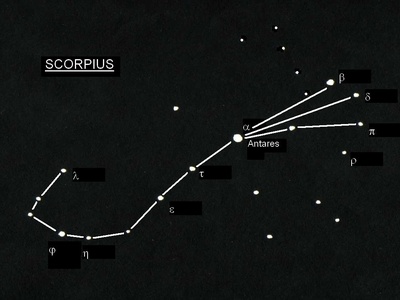
Citlalcolotl
Identified with the modern constellation Scorpius, this star group was considered a bad omen. Its name directly links the curved shape of the stars to a scorpion, an animal often associated with danger and malevolent supernatural beings.
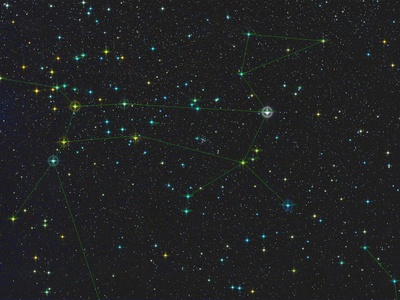
Citlalxonecuilli
This S-shaped constellation represented a sacred symbol also seen in architecture and art. Its exact identification is debated by scholars, with leading candidates being the Little Dipper (Ursa Minor) or another curved group of northern stars.

Citlallicue
A beautiful and poetic name for the Milky Way galaxy. It was envisioned as the vast, star-spangled skirt of a creator goddess (a counterpart to Tonatiuh, the Sun), representing the divine nature of the cosmos itself.
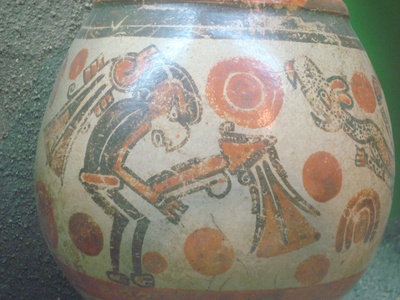
Mixcoatl
Another name for the Milky Way, personified as the ancient god of the hunt, the stars, and the Chichimec people. This celestial “serpent” of stars was a prominent feature connecting the heavens with mythological and historical narratives.

Tlahuizcalpantecuhtli
The name for Venus as the morning star, and also the powerful deity who embodied it. Venus’s movements were precisely tracked for calendrical and divinatory purposes, as its first appearance after sunrise was considered a potent, often dangerous, omen.
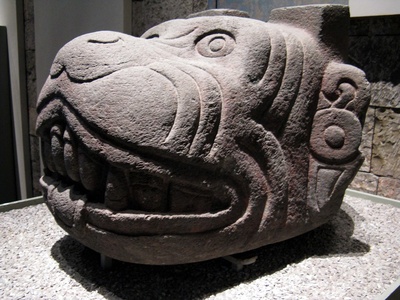
Xolotl
The name for Venus as the evening star. Xolotl was the canine-featured god and divine twin of Quetzalcoatl (who was linked to the morning star). This pairing represents the dualistic nature of Venus, appearing on both sides of the sun.
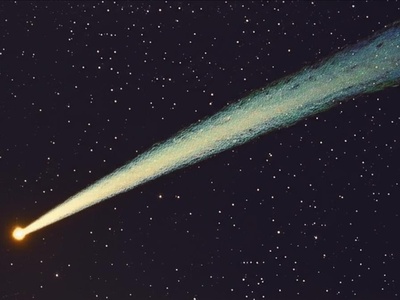
Citlalpopoca
The Nahuatl name for a comet. Unlike fixed constellations, this was a transient celestial event. It was invariably seen as a terrifying omen, portending war, famine, plague, or the death of a ruler, sent by the gods.
Enjoyed this article?
Get daily 10-minute PDFs about astronomy to read before bed!
Sign up for our upcoming micro-learning service where you will learn something new about space and beyond every day while winding down.

